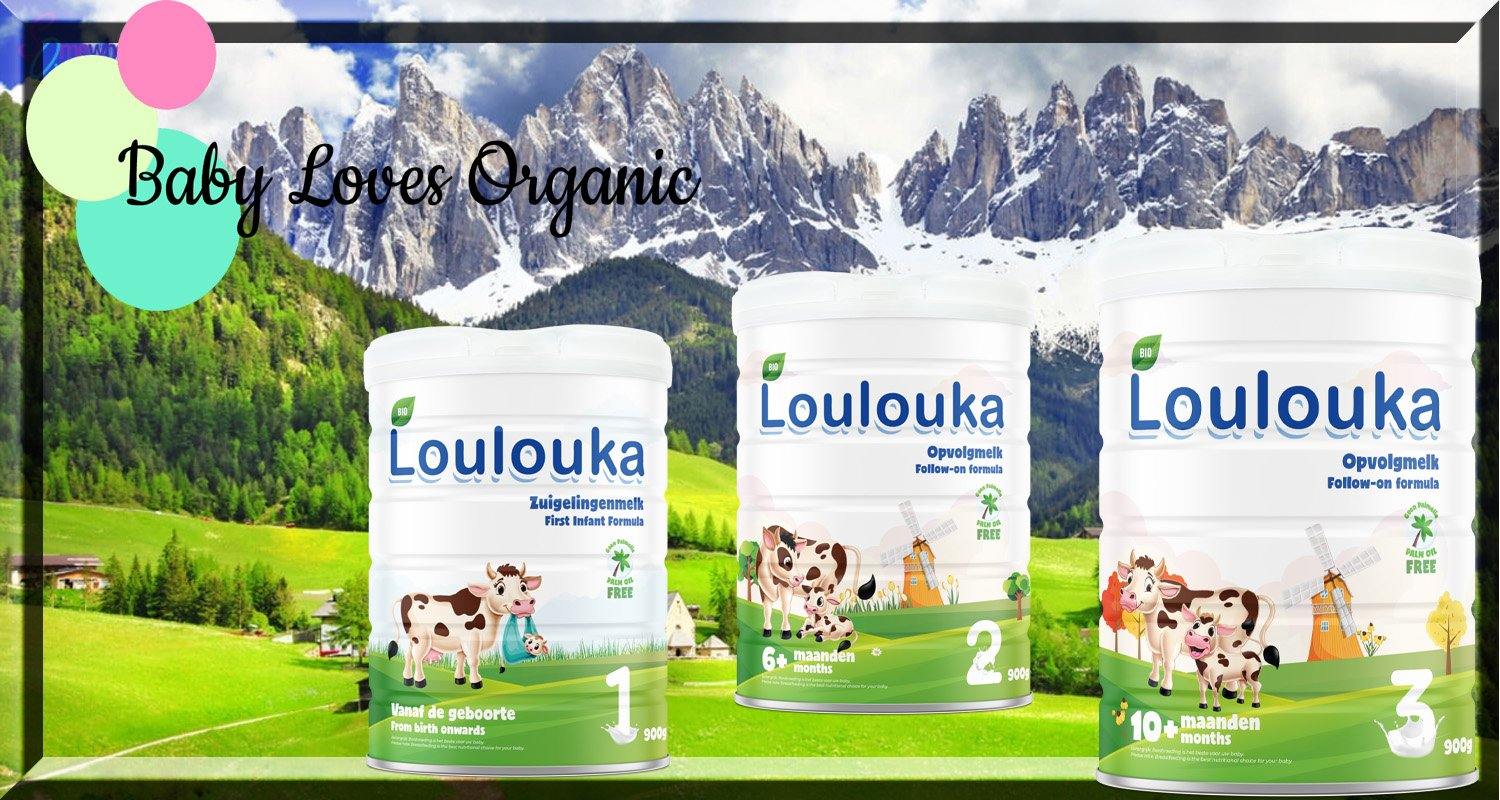Metafolin in Hipp UK Formula
Metafolin, also known as L-methylfolate or 5-MTHF, is a synthetic form of folate that is different from folic acid, which is another form of folate commonly found in supplements and fortified foods.
The main difference between Metafolin and folic acid is the way they are metabolized in the body. Folic acid needs to be converted to its active form, 5-MTHF, by an enzyme called dihydrofolate reductase (DHFR) before it can be used by the body. However, some people have genetic variations that make it difficult for their bodies to perform this conversion efficiently, which can lead to a build-up of unmetabolized folic acid in the bloodstream.
In contrast, Metafolin is already in its active form and does not require conversion by DHFR. This means that Metafolin is more bioavailable and easier for the body to absorb and use compared to folic acid. Moreover, because Metafolin is already in its active form, it can be used directly by the body without the risk of a build-up of unmetabolized folic acid.
Another difference between Metafolin and folic acid is their stability. Folic acid is relatively unstable and can break down over time, especially when exposed to heat, light, and air. This means that folic acid needs to be added to products shortly before they are consumed to ensure maximum potency. In contrast, Metafolin is more stable and does not degrade as quickly, which makes it a more reliable source of folate for products that have a longer shelf life.
Overall, the main differences between Metafolin and folic acid are their bioavailability, stability, and the way they are metabolized in the body. Metafolin is more bioavailable and easier for the body to absorb and use, and it is more stable than folic acid. This makes Metafolin a superior choice for infant formula and other products that require a reliable and effective source of folate.
Here are the main differences between Metafolin and folic acid:
Metafolin:
- Already in its active form (5-MTHF)
- Does not require conversion by dihydrofolate reductase (DHFR)
- More bioavailable and easier for the body to absorb and use compared to folic acid
- More stable than folic acid and does not degrade as quickly
- Does not interact with other nutrients in the same way that folic acid does
Folic acid:
- Needs to be converted to its active form (5-MTHF) by DHFR before it can be used by the body
- Less bioavailable and not as easily absorbed and used by the body compared to Metafolin
- Relatively unstable and can break down over time, especially when exposed to heat, light, and air
- Can interact with other nutrients, such as vitamin B12, in the body, which can affect their absorption and utilization.
Main advantage of using Metafolin in Baby Formula
Here are the advantages of using Metafolin in infant formula:
- Provides a reliable and effective source of folate for infant development
- Bioavailable and stable source of folate that can be easily absorbed and used by the body
- Can be safely used in combination with other vitamins and minerals, such as iron and vitamin B12, without interfering with their absorption and utilization
- Reduces the risk of a build-up of unmetabolized folic acid in the bloodstream
- Suitable for infants with genetic variations that make it difficult for their bodies to metabolize folic acid efficiently
- Enhances the nutritional profile of infant formulas by providing a versatile ingredient that can be added to a variety of formulas.


